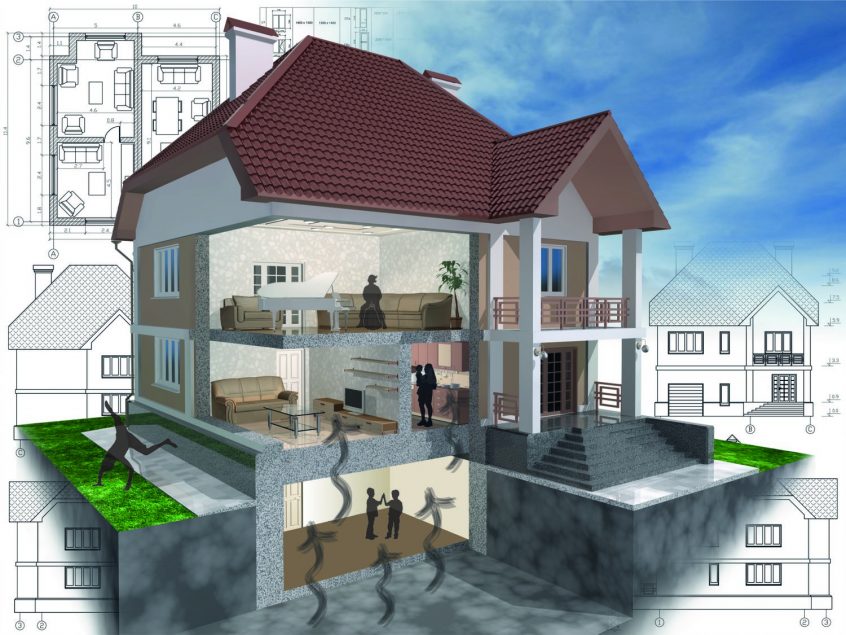Radon is a natural radioactive noble gas with no odour, colour and taste. It emerges in the decay chain of uranium, an element is present in most soils. Outdoors, radon gas does not endanger us as it quickly disperses, dilutes and mixes with air. Radon gas concentrations within buildings, however, can quickly rise to a health hazard for occupants. According to the World Health Organization (WHO), radon gas is the second major cause of lung cancer.
Which areas are most problematic?
The presence of radon gas differs from location to location and soil characteristics. Karstic regions are known to be most problematic due to more permeable soil. Below is shown a European map of radon gas concentrations in Bq/m3, values above 300 Bq/m3 are already complicated..

Why is the radon gas issue relatively new?
Radon gas has been along for millions of years, yet until recently, buildings were not airtight. As building’s envelopes were far from seamless, air circulated through numerous cracks and reduced the radon gas concentration without any ventilation or other action by the building’s occupants. In this way, indoor concentrations of radon gas remained moderate even on more problematic locations.
With the new strict energy efficiency requirements, buildings must be nearly airtight. Consequently, radon gas concentrations in closed spaces have risen to extremely high levels.
How to protect ourselves from radon gas?
As some basic measures were already explained before, let us add some new specifics. Mechanical ventilation as protection from radon has been – in most cases – proven ineffectual, as the resulting sub pressure in indoor spaces accelerates radon gas entry into our buildings.
Both research and experience have shown that the best protective measure against radon gas entry is to use a radon barrier. Fibran’s research has additionally enhanced this protective measure as we incorporated the FIBRANhydro ANTI RADON barrier into the SEISMIC Foundation Pillow system solution. The barrier is placed on the waterproofing layer and both are enclosed in a sandwich of two thermal insulation panels, protecting both the waterproofing and the radon barrier from damages. This systemic solution complies with the requirement that energy efficient buildings use a foundation slab as opposed to other types of foundation.
Designing buildings that are both energy efficient and radon safe must be learned. We will explain in detail how to plan and design a radon safe building, show you where the SEISMIC Foundation Pillow contains the ANTI RADON layer, and illustrate how the radon barrier is installed on site.
For all below grade applications of thermal insulation, ask for the ETA (European Technical Assessment) as proof and assurance that your chosen material is appropriate and meant for your intended use. An ETA certification means that in a period of 50 years, the technical characteristics of your material (including lambda) will not deteriorate and that it will do the job for the entire lifespan of your building.

 +386 7 39 39 510
+386 7 39 39 510 advice@energyshield.biz
advice@energyshield.biz
